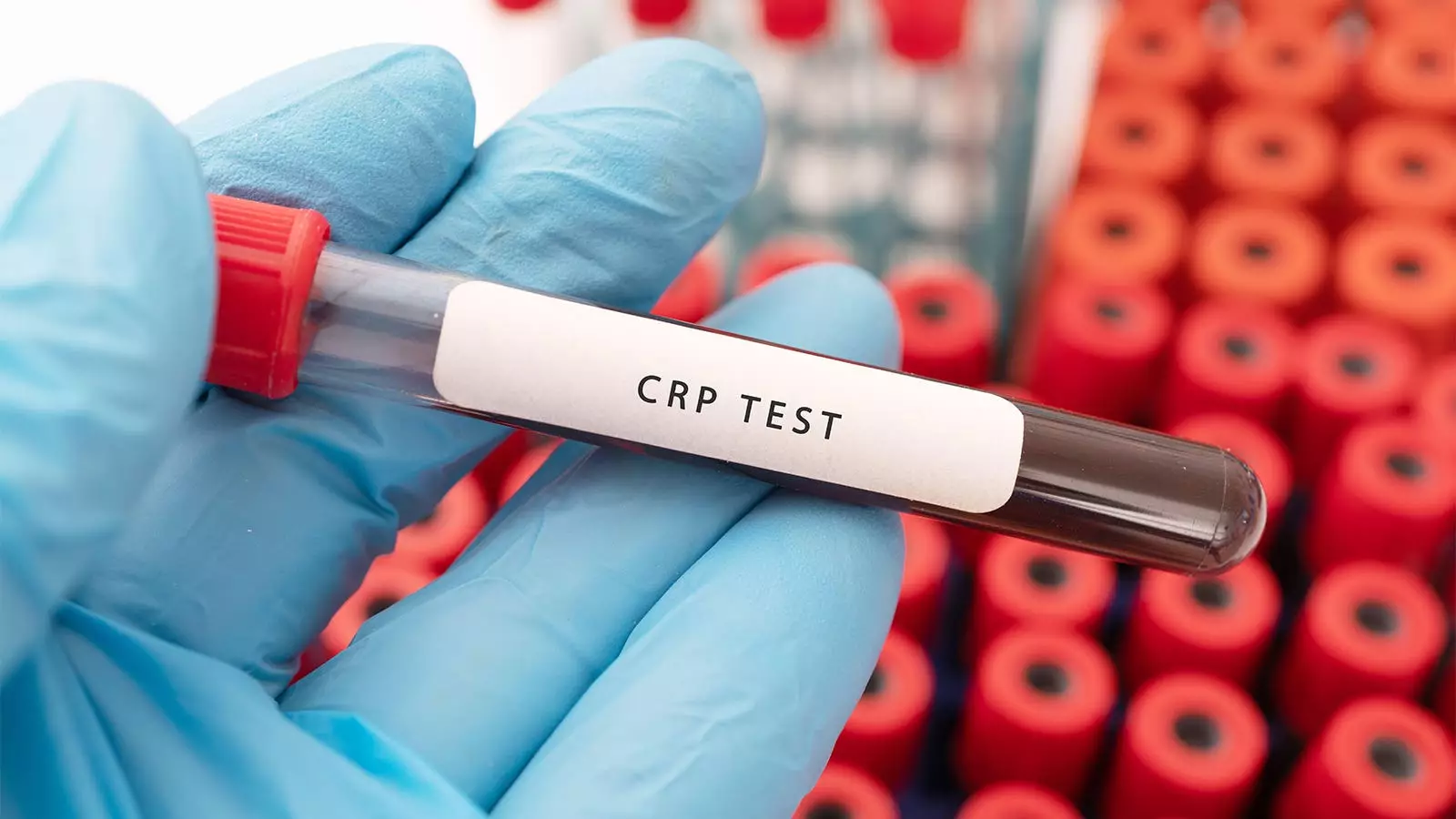Hidradenitis suppurativa (HS) is a chronic inflammatory skin condition that significantly affects patient quality of life. Recently, a post hoc analysis from the PIONEER I and II trials has thrown light on potential predictors of treatment efficacy with adalimumab (Humira), raising important considerations for clinicians. The analysis examined the relationship between serum levels of C-reactive protein (CRP) and the response to adalimumab, opening a pathway for more personalized treatment strategies in patients suffering from HS.
The Role of C-Reactive Protein as a Predictive Marker
The study conducted by researchers at Beth Israel Deaconess Medical Center evaluated how baseline CRP levels influenced treatment response among adolescents and adults diagnosed with HS. They discovered that individuals with higher baseline CRP levels—considered elevated if exceeding 0.30 mg/dL—demonstrated significantly lower odds of achieving clinical response to adalimumab treatment at the 12-week follow-up. The odds ratio of 0.53 suggests that, contrary to expected outcomes, patients with greater inflammatory markers were less likely to respond effectively to the treatment.
This information challenges the prevailing assumptions about the efficacy of biologics in inflammatory conditions, stressing that high inflammatory loads may limit therapeutic success. As inflammation is a hallmark of HS, the initial assumption could be that higher levels of inflammatory markers result in heightened treatment response. Yet, this study contradicts that narrative, revealing a critical area for further investigation.
The findings indicate an essential caveat for clinicians: the more severe the inflammatory burden reflected by CRP levels, the less likely patients are to benefit from standard adalimumab dosing. With a reduction of clinical response likelihood by approximately 30% for patients exhibiting CRP levels in the top quartile (≥2.81 mg/dL), the need for alternative treatment strategies becomes apparent. The use of CRP as a potentially accessible marker of systemic inflammation highlights the importance of individualized treatment plans based on biomarker assessments.
Despite these significant insights, experts acknowledge the need for caution. Dr. Danilo C. Del Campo expressed skepticism regarding the routine use of CRP levels as a decisive factor in treatment decisions. He recommends initiating treatment at standard approved doses and subsequently reassessing patients based on their clinical responses rather than solely their CRP levels. This viewpoint emphasizes the complexity of treatment responses, which may vary significantly among individuals, thus requiring a more nuanced approach.
Comparative Insights and Future Directions
While CRP has emerged as an influential biomarker, it is not the only indicator of treatment responses in HS. Dr. Steve Daveluy pointed out that prediction of treatment outcomes remains a significant challenge, often likening it to an unpredictable endeavor. Even so, the accumulating evidence suggests that markers like blood monocyte levels might also correlate with responses to adalimumab. Nevertheless, these findings remain preliminary and warrant further investigation before integration into clinical practice.
The researchers highlighted possible strategies for managing patients who exhibit poor responses to standard dosages of adalimumab. Options such as weight-based dosing, checking drug levels, or trying alternative biologics are presented as potential routes. In this multi-faceted clinical landscape, combining multiple treatment modalities, including spironolactone or antibiotics, may provide additional therapeutic benefits, particularly for women with HS.
The presented study involved a cohort of 588 patients with moderate to severe HS, mostly composed of women with a mean age of 36. Although the findings highlighted a significant percentage of participants with elevated CRP levels and obesity, the analysis included only a small representation of Black patients (13%). This lack of diversity raises queries about the generalizability of the results across different demographic groups. Engineered trials should aim to include more diverse populations for a comprehensive understanding of treatment responses.
Moreover, the post hoc nature of the analysis presents its limitations. The design did not originally include CRP levels as a primary endpoint, leading to calls for further prospective studies to identify thresholds at which patients may be unlikely to gain benefits from adalimumab therapy.
As research on the effectiveness of adalimumab unfolds in the context of HS, it becomes increasingly clear that CRP offers significant but complex insight into treatment responses. Moving forward, the medical community will need to integrate such biomarkers while balancing personalized medicine with evidence-based practices. As more data emerges, practitioners are encouraged to revise standard protocols in light of evolving evidence, ensuring that patients receive optimal, tailored care in managing their condition effectively.

Leave a Reply